Why Do People Wear Logger Boots When They Obviously Aren't Loggers?
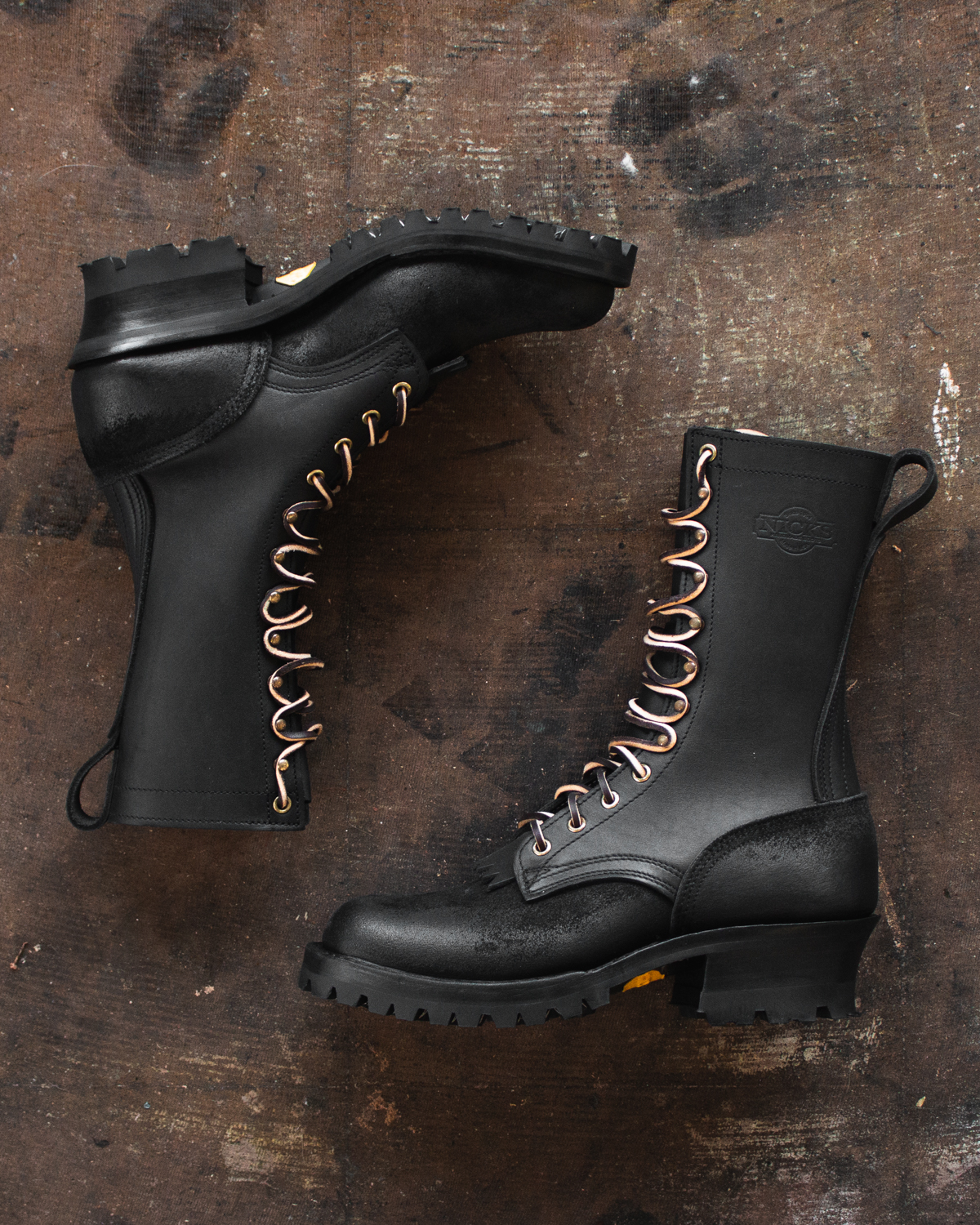
The term "logger boots" is really a style of work boot rather than a specific piece of equipment for people who do a specific job for the most part. The "logger" style has come to mean a leather boot with specific design features instead of a specialized design that they once were.
Today, a "logger boot" really has come to mean a work boots with a taller, non-western heel profile and sometimes a kiltie on the tongue. When people say "logger boots" or search for them online, that's usually what they mean.
Sometimes...they don't. We're going to talk about that, don't worry.
But why do people like this style of boot? Let's talk about that.
Logger Boots As They Were Originally Made
Over a century ago, "logger boots" were a piece of equipment with specific design features for doing a specific job. The boots were designed for logging and weren't really suitable for anything else.
The original logger boots were a typical laced leather boot with a tall or tall-ish heel that were welted or stitched so they held together well, with a rugged sole that was caulked. Not glued; a "caulked" sole means a hobnail boot sole, with rows of nails set into the sole for the ultimate in traction.
In other words, a hobnail boot with a tall or tall-ish heel. That was the original logger boot design. Hobnail boots are to loggers are what a Sam Browne belt is to police, a Halligan is to firefighters, and a speed square is to carpenters; a tool and symbol of the trade.
Back in the heady mists of time, a number of companies were making caulked work boots for loggers, especially in the Pacific Northwest. A number of companies made boots for the workers in logging camps and a number of fairly big brands got their start making them.
Logging boots are part of our DNA, so we know a thing or two about making logging boots.
That's what logger boots started as. A specific style of work boot made for a specific trade. However, there were some changes over time that led to the term meaning something else.
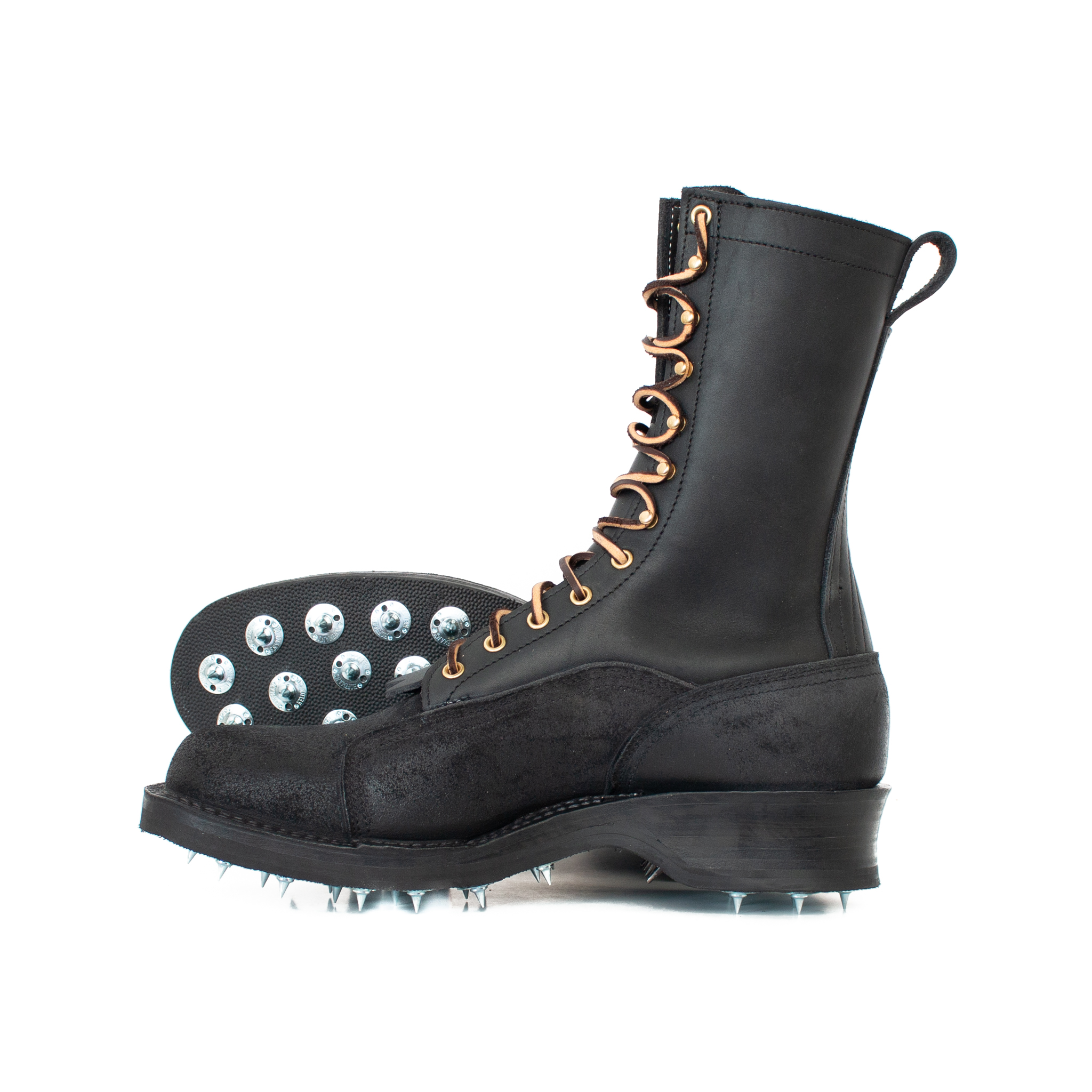

The Logger Boot Today
Over time, the phrase that's used to refer to a specific thing slowly becomes the term that's used to refer to what looks like that thing.
The original logger boots had a tall heel, but didn't have the rounded heel that was common on cowboy boots or other riding boots, which have a heel that's designed for use on horseback. The rounded heel profile makes it easy to attach spurs and so on.
That unique look, rugged construction, and so on add up to an image - caulked soles or not - and so the phrase used to describe the thing has broadened its meaning beyond what it initially did.
Think of it this way: how many times have you referred to a specific type of foam as "Styrofoam?"
Extruded polystyrene foam was developed by DuPont. Technically, any polystyrene foam that isn't made by DuPont is not Styrofoam...but everyone calls polystyrene foam "Styrofoam" anyway.
Decades ago, "logging boots" specifically meant leather work boots with caulked soles for logging.
Today, it could mean that (loggers still wear them) but also means a type of work boot with a tall non-Western heel and usually a lug-type sole. Sometimes, though not always, a kiltie is added to the tongue.
So what's good about them?
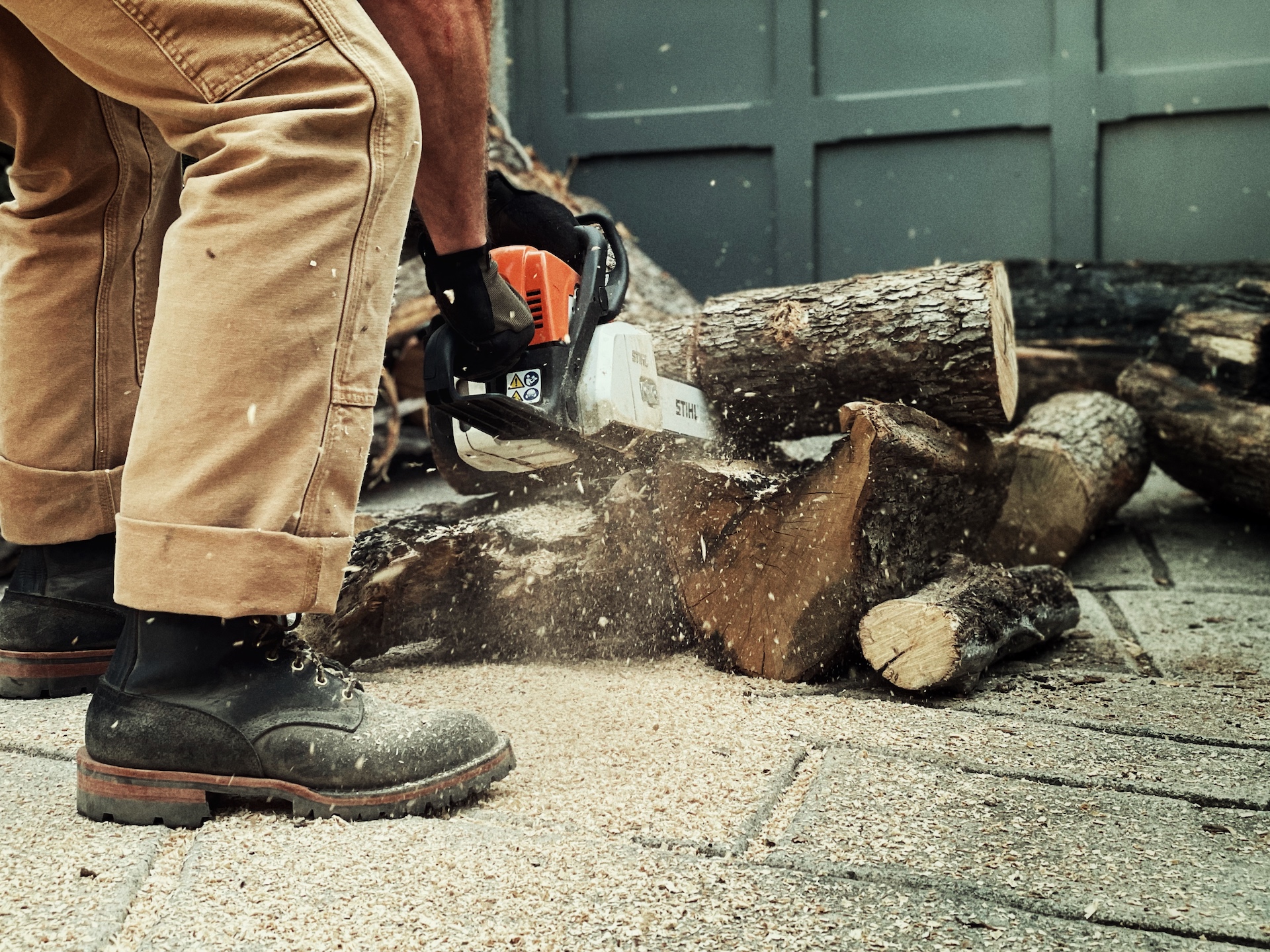

Why Do People Wear Logger Boots?
Why do people wear logger boots? Several good reasons, actually!
The tall heel profile puts a good amount of material under the heel, absorbing impacts as you're walking around wearing the boots. That makes them more comfortable to wear over long days doing hard work since you're not getting as beat up.
The extra material also makes a difference in the field or on the jobsite if you're carrying a pack full of tools or wearing a heavy work belt. The extra weight means more weight pushing down on, meaning every step you take is hitting the ground with more force. Having a bit of extra material helps buffer that.
That's why wildland firefighter boots are a similar design. The same features that make a pair of boots a good choice for loggers makes them a good choice for wildland firefighters, because they do a lot of similar work in similar areas.
Since the companies that make logger boots tend to make rugged work boots as it is, they usually - not always, depending on who you get them from! - tend to be ruggedly made. People who buy them put them through a certain amount of abuse and if they perform reasonably well, develop an affinity for them.
The idea being that if a piece of equipment works pretty well for a certain number of people, it's going to work for others. And because a kind of boot worked well for a group of people that do one heck of a hard job...it's going to work well for others.
And as it turns out...it does.
Logger-style boots are an excellent choice of rugged work boot. When made correctly, they are very supportive, and can keep your feet from getting beat up during a hard day's work. The taller heel offers more support to the heel and in the arch, keeping your feet more comfortable during the work day.
So why do people wear logger boots? Because they're a rugged boot design that works very well for hard-working people. Get a pair that's made well, and you'll get a lot of use out of them.
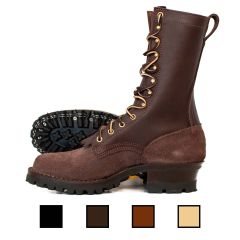
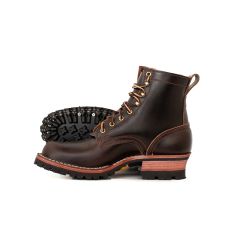


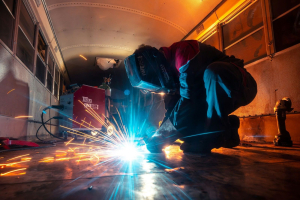


Validate your login